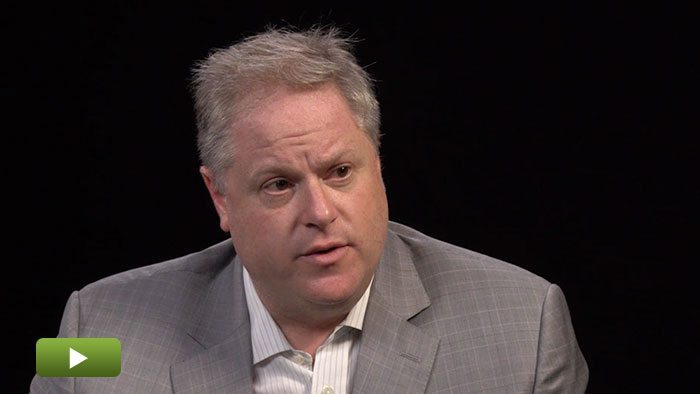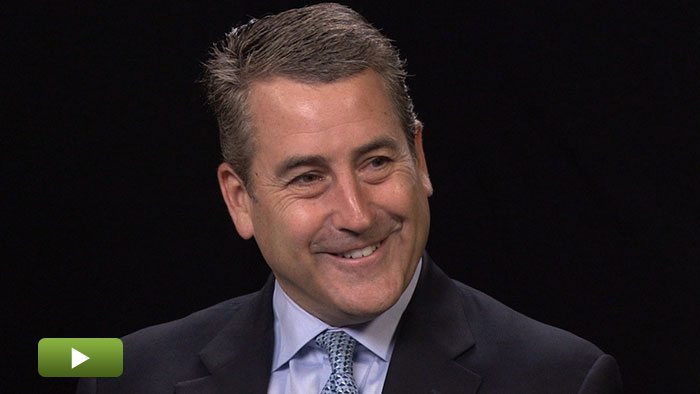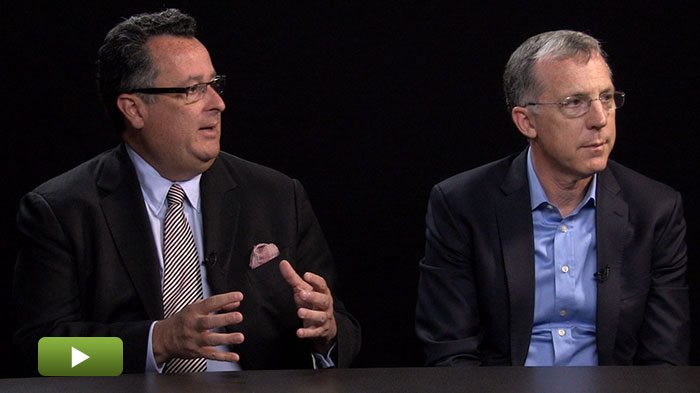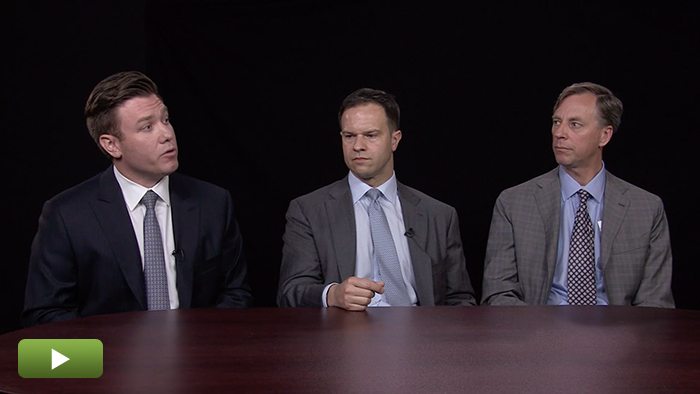Global PE’s “Cyclical Chance to Buy” in Energy
The latest cycle of oil-price volatility has impacted the energy market not only in the U.S., but outside its borders. EY’s global oil and gas transactions leader, Andy Brogan, tells Privcap about the impact on deals, what energy sectors are still attractive, the advantages of private equity in the current cycle, and reactions from the latest OPEC meeting.
Transcript Download Transcript
Global PE’s “Cyclical Chance to Buy” in Energy
With Andy Brogan of EY
How are oil and gas transactions outside the U.S. being impacted by price volatility?
Andy Brogan, EY: The first impact was to put a brake on those transaction activities. The first quarter of the year, we saw very little activity. It’s only an upstream—I think midstream moves to a slightly different pattern. What we’ve had, unsurprisingly, is most of the companies have been going through a period of introspection—looking at their portfolios, looking at what they wanted to do. And that really only started to come up with fixed strategies around the end of the first quarter.
Combined with the uncertainty around the trajectory of oil prices and gas prices being as high as it is, it’s been very difficult for buyers and sellers to agree on a deal value, which is also one of the reasons things haven’t happened. The first impact [is] that it really just killed the M&A market. However, in the last two months, since Shell BG announced, there’s been a progressive increase in the amount of activity. Now, we are seeing huge volumes of deals coming to market, even though they are not yet closing.
I am guessing [that], if we keep on as we are, by the time we get through mid-late summer, you’ll begin to see the next wave of transactions happen as everybody begins to clear up their portfolio and we have the new providers of capital coming in.
Are the transactions coming to the market from any particular sector?
Brogan: I would say there is a bias towards oil in the upstream. And, if you go outside North America, then investing in gas upstream is quite challenging at the moment. The big assets tend to be LNG-oriented and the LNG markets are looking fairly over-supplied for three or four years. If you look at oil, there is a reasonable amount of confidence that oil will come back over a two or three-year time scale. That should create a good business opportunity for the people who invest in assets.
How can PE take advantage of the current price volatility?
Brogan: Most of the competing buyers who would have driven the prices up are out of the market, for one reason or another, at the moment. So this is private equity’s cyclical chance to buy. That’s not saying it’s easy, but it does mean there’s an opportunity there. A lot of the competing buyers—for example, national oil companies—have either stopped acquiring, or they digest things they already bought during the last 10 years or they’re looking themselves [at] what they are going to do around this strategy.
A lot of the middle-market EMP companies that would have competed for our service are struggling to raise financing, either from the equity markets, from the banks or from the bond market. If you are a buyer with financing, now is the time when you are going to have relatively less competition. Having said that, though, if you want to get access to the good assets, I think just having the money isn’t enough.
You really need to be able to articulate to the counterpart—which, by and large, would be the majors—what you can do to make their lives easier. And I think one of the things private equity needs to invest time working on is really understanding the oil major mindset when they are coming into these transactions so they can position themselves not [only] around the hard-money items, which obviously they are first-class at, but also to understand the particular sensitivities large companies have about what’s going to happen around environmental liabilities.
How can PE globally continue to generate value amid the low oil prices?
Brogan: There’s a number of things that private equity can do. First is to focus on the business model of what you’re buying into. That can be a combination of a number of things: are you buying into assets that are in the right place on the margin-cost curve? Are you building a genuine, differentiated technology capability or know how that capability enables you to operate assets more effectively, more efficiently than anywhere else?
Traditionally, with a few exceptions, private equity has tended to focus either in late stage development or production. You have to say—in the current environment where prices are probably not going to be coming back to higher levels for two or three years—the way to make money is to build yourself options to be producing when the prices come back up.
Now, that probably means investing more in late-stage aspiration appraisal or very early-stage development. That’s a bit of a change in the risk profile of what they are looking in, but if you look around where you can really create value, that’s the part of the value chain where you should focus. But, obviously, if you’re going to do that, you absolutely have to be confident that you have the management team that really understands the plays you’re looking at, and that you have access to the technology and infrastructure to be able to produce when the time comes.
What reactions from PE did you see following the latest OPEC meeting?
Brogan: I don’t think there was much expectation anywhere in the industry that there would be a massive movement from OPEC. [There are] many reasons, but the most obvious one is just where the market is at the moment, with the fact that it is still relatively over-supplied, then OPEC isn’t really in a position where it can push and actually change anything other than erode its market share.
What it means is that it has reinforced the mindset that’s been developing over the first half of the year, which is that we’re not in a position where we’re going to see a rapid bounce back to $85 or $90 oil and that we are looking at a more slow, grinding recovery where the price is set around the marginal cost.
For private equity, what does that mean? In terms of investment time horizons, it means don’t have a business thesis that relies on oil prices riding to the rescue in the reasonably near term. But do have a business model that gives you access to reserves that you can turn on relatively quickly because, for the next couple of years, you’re probably looking at a relatively shallow incline back up on oil prices but with, as ever, the scope to have some spikes as events disrupt the supply chain, which no doubt we’ll see and continue to see.
The interesting thing it’s also doing is driving the industries a round-two reaction to oil prices. So, round-one reaction was the traditional reaction of curt expiration activity, defer projects and there is something like $200-billion worth of projects now being delayed. Round two is much more difficult. It’s how do we change what we do and how we develop fields and wells to be able to deliver the same level of production for a lower unit cost and that requires a lot more difficult conversations about how you operate, how you work with suppliers, partners, etc.?
The other area where private equity really can play a role is by driving that process, whether it’s through investing in service companies, whether it’s through integrating service and upstream companies in the portfolio, to look at how you do things differently.





